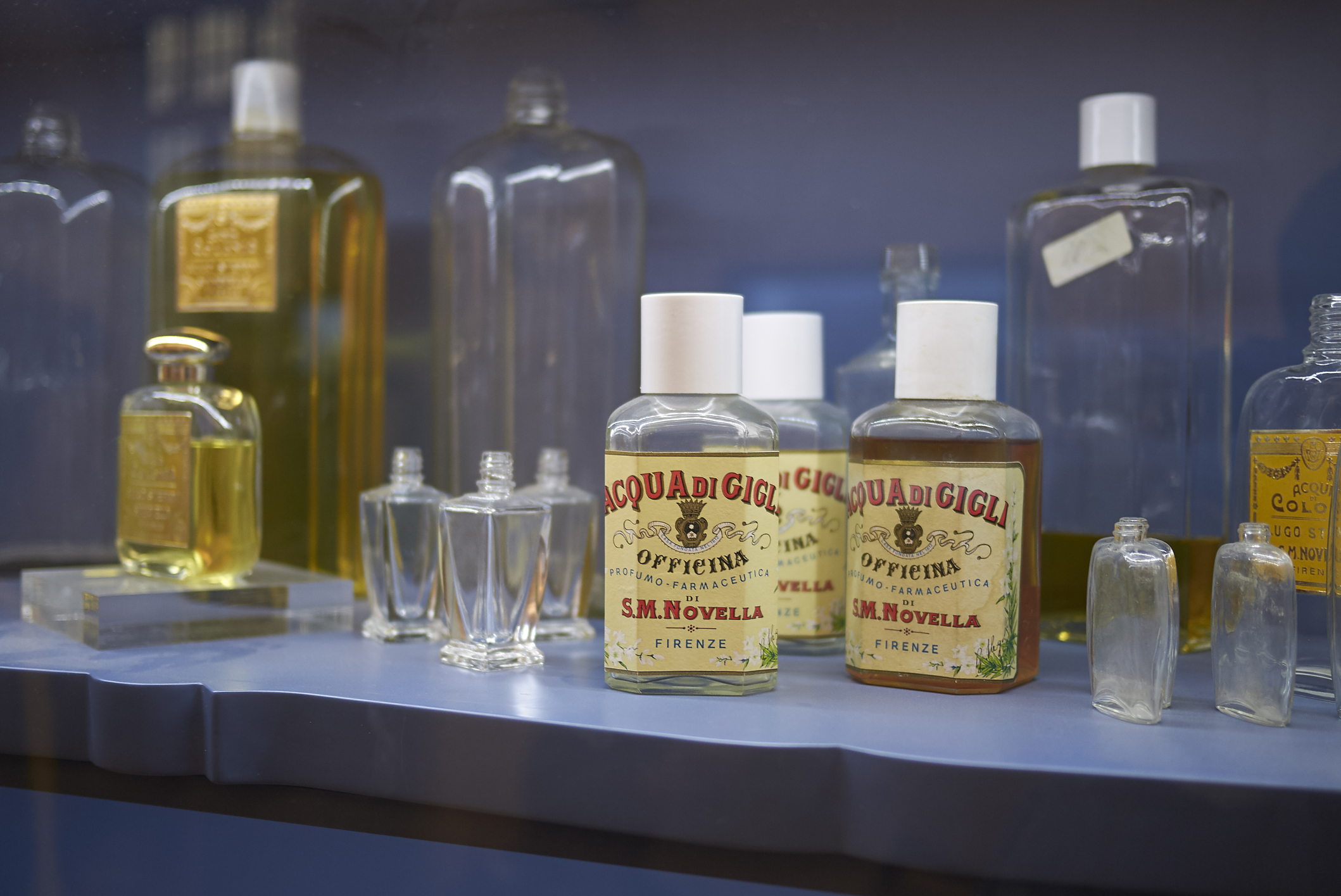They call it brain drain, the latest plague that affects our modern societies, including the Italian one. But is it really a plague? In a globalized world can we consider progress – either scientific, artistic or human in general – as a prerogative of one country or the other?
What should be highlighted, perhaps, is the importance of the cultural background that nurtured some great minds and the reasons, if any, why they eventually decided to live and work in a foreign country.
Together with Valentina Castellani, Francesco Bonami, and her own husband Massimiliano Gioni (artistic director of the New Museum in New York), 38-year old curator Cecilia Alemani has recently been named a representative of the Italian excellence abroad by La Repubblica newspaper. In 2011, after founding the independent No Soul For Sale contemporary art festival, Cecilia Alemani was invited to join as a curator the public art program of the High Line – the elevated freight rail line on Manhattan’s West Side, which has been transformed into a public park for the community to enjoy. Since 2012, she has also curated Frieze New York, one of the world’s most famous contemporary art fairs.
Cecilia, have you always been interested in contemporary art or how did you get close to it?
I have a degree in Philosophy from the Università degli Studi of Milan. I graduated in Aesthetics and that’s when I first approached the field of contemporary art, from a more academic background.
When and why did you move to New York? How was the impact with the U.S. art scene?
I moved to New York in 2003 to get a Masters in Curatorial Studies for Contemporary Art from Bard College. New York is the heart of the art world and when it comes to the contemporary art landscape there is no other city in the world that could offer the same: New York has some of the best art galleries, museums, non-profit spaces, and artists in the world.
What is the project you feel most attached to/proud of and why?
Certainly the High Line Art program: bringing museum quality art to an audience of 6 million visitors a year is something I’m very proud of!
As the director of the Public Art Program at High Line Art, have you introduced any innovation or change? And which projects are you currently working on?
The High Line changes almost every day, as does the city around us: we use this multifaceted platform to invite artists to create new ways of looking at our surroundings. We have just opened a group exhibition titled Panorama, which is a show about landscape, both real and imaginary. http://art.thehighline.org/project/panorama/
Do you believe that your Italian origin has somehow influenced your successful career in the art sector? And have you ever thought of returning to Italy?
My art formation has happened in the US. Growing up in Italy makes you certainly familiar with art, but doesn’t help you turning that knowledge into a profession unfortunately. Right now the art situation in Italy is not doing that well so no, I don’t think I would go back to Italy until the system will understand that it needs to give space to a younger generation.
According to your experience and knowledge of the current trend, what advice would you give to young Italians who see their future in contemporary art as artists or curators?
To confront themselves with an international reality by looking at as many exhibitions as possible, by reading international magazines, and if possible, by traveling abroad to learn what’s going on in the rest of the world (which is very different from what’s happening in Italy).




























